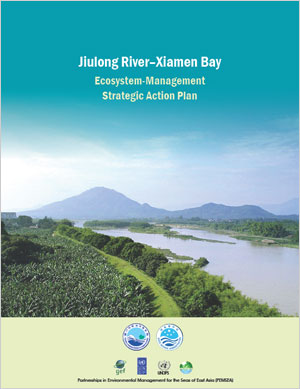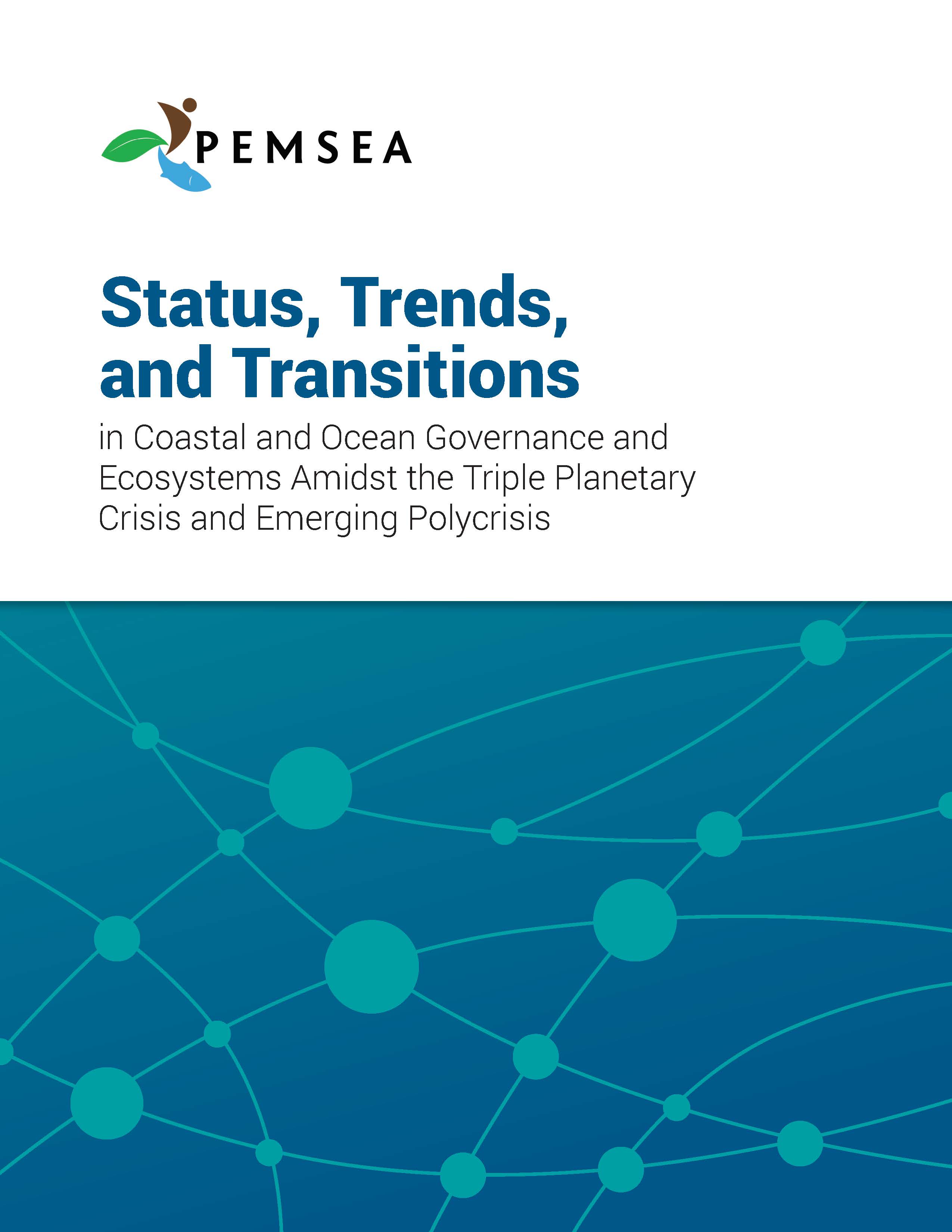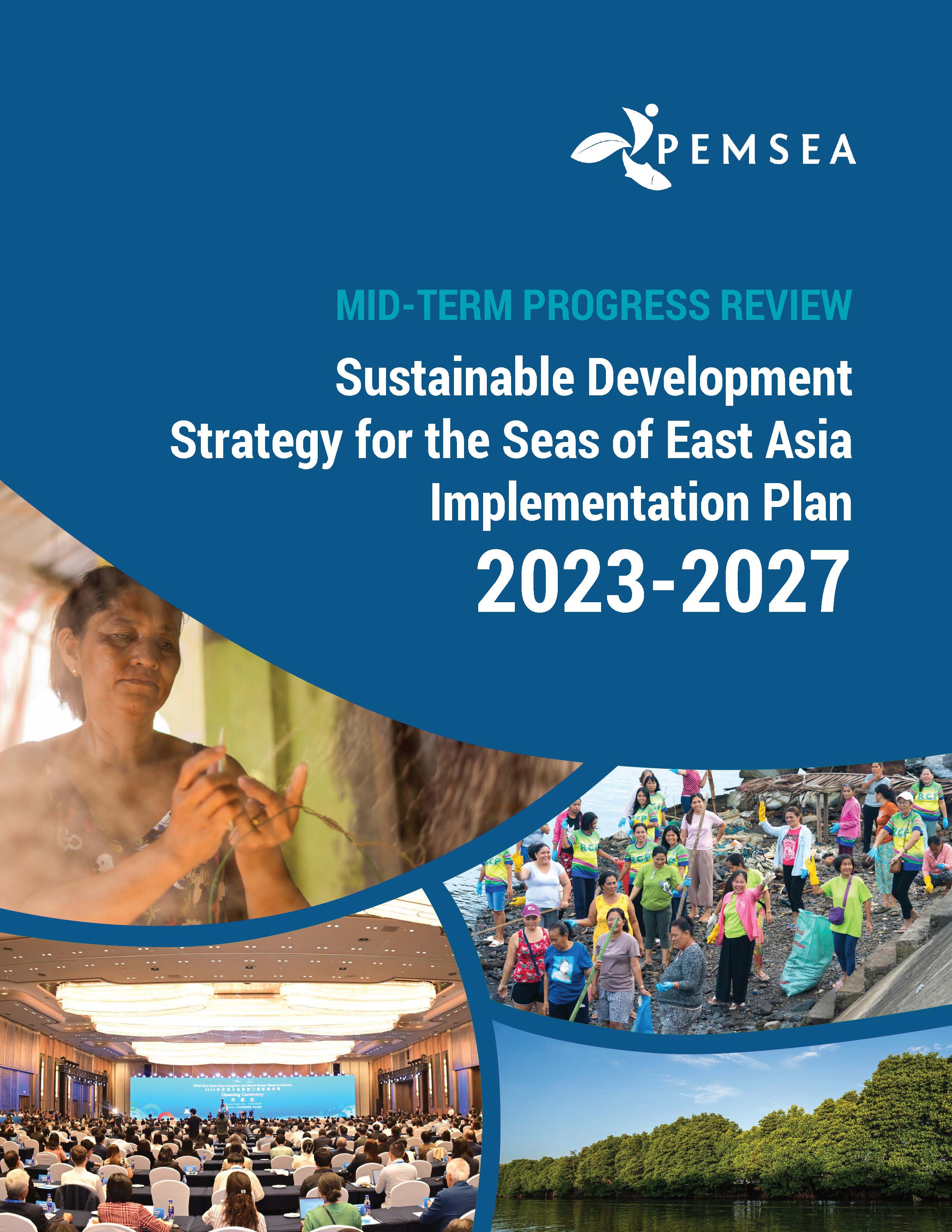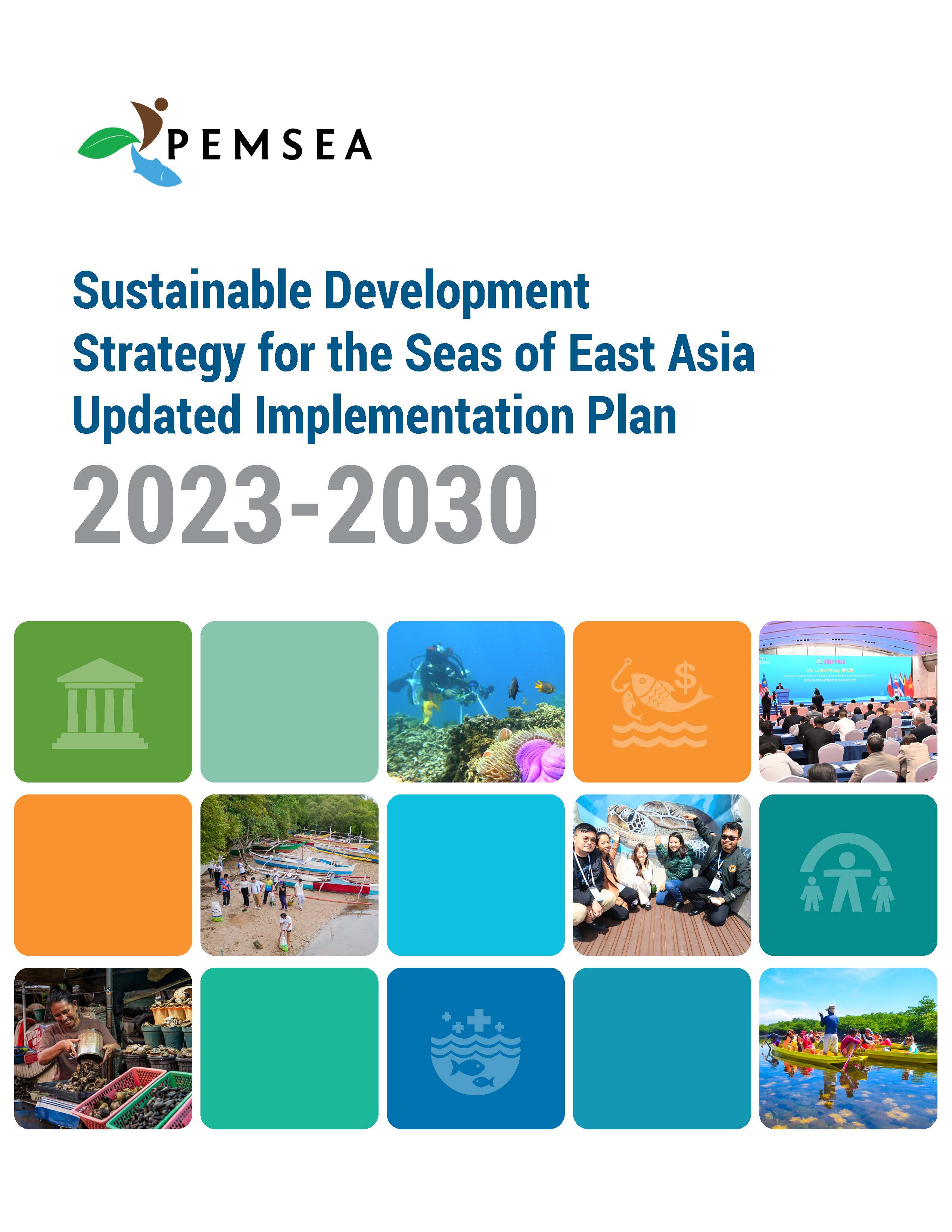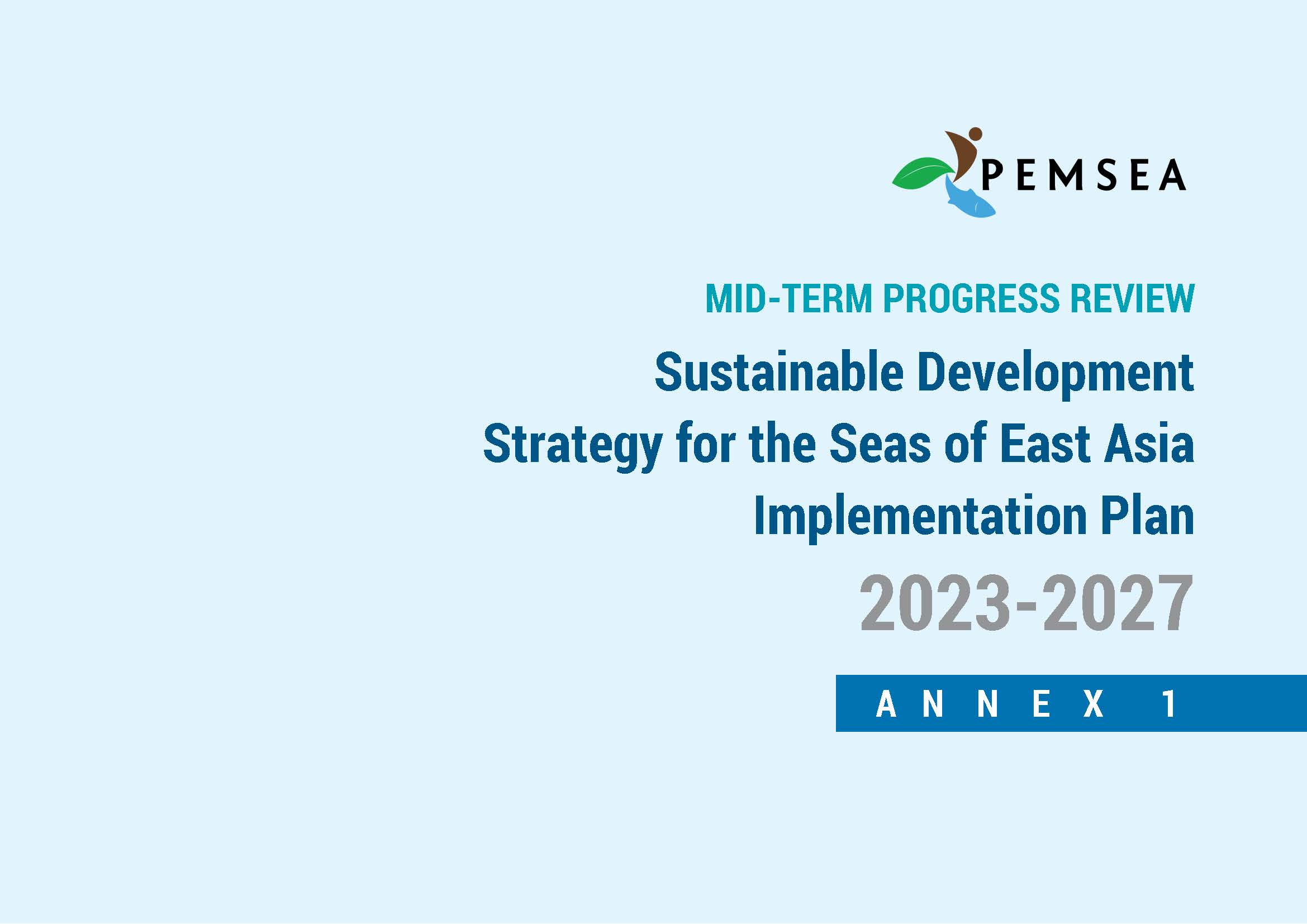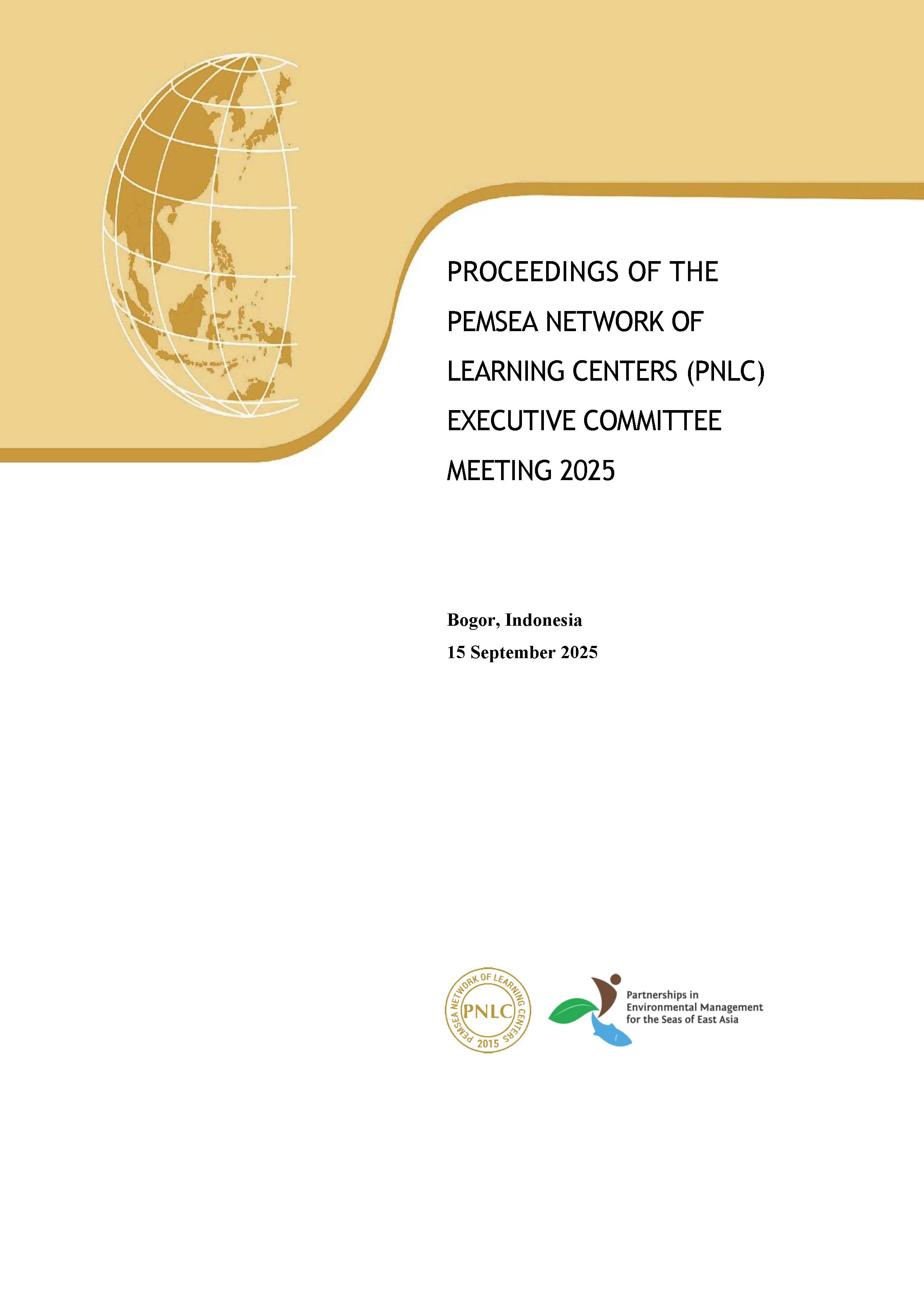
Breadcrumb
Jiulong River-Xiamen Bay Ecosystem Management Strategic Action Plan
PUBLICATION DATE:
Sunday, July 01, 2012
PUBLICATION TYPE:
Reports
STATUS:
Only Available Online
DESCRIPTION:
The objective of the Ecosystem-based Jiulong River and Xiamen Bay Management Strategic Action Plan (JXSAP) is to establish a trans-jurisdictional Jiulong River and Xiamen Bay ecosystem management framework involving the city of Xiamen, Zhangzhou and Longyan. Based on an ecosystem approach, the JXSAP has identified and analyzed key environmental problems, developed a Jiulong River–Xiamen Bay pollution mitigation plan, ecological conservation and management plan and a monitoring program. Jiulong River is the second longest river in Fujian Province, a major source of pollutants to Xiamen Bay as well. In recognition of the environmental impact of upstream pollution, the Fujian Provincial Government approved a comprehensive water pollution and ecosystem rehabilitation project in 1999, which involved adoption of a number of policies and regulations on water pollution prevention and treatment and investment. Given the complexity of the river basin itself and the socioeconomic pressures from continued growth, the trans-jurisdictional ecological and environmental problems from the river basin to estuary remain unabated. From 1994 to 1998, the Xiamen Municipal government resolved sea use conflicts and coastal environmental pollution through an integrated coastal management (ICM) approach, including innovative legislation and institution arrangements, coordination by the municipal government, scientific support, joint law enforcement and public participation, with the assistance of the GEF/UNDP/IMO Regional Programme for the Prevention and Management of Marine Pollution in the East Asian Seas project. Based on the lessons learned from the water pollution and ecosystem rehabilitation project, and the success of the integrated approach to addressing environmental pollution and sea use conflicts, Xiamen began to scale up its ICM program. The up scaling involved integrating pollution control, ecosystem-based river basin management and Xiamen Bay management into a regional economic development initiative involving downstream and upstream cities. In 2004, Xiamen, Quanzhou and Zhangzhou established the City Alliance, an initiative among the three major cities in southeast Fujian to promote regional economic development. Longyan, a city at the upstream of Jiulong River, north of Zhangzhou City, became a member as well. While economic development topped the agenda of the Alliance, conservation of the water environment of offshore areas and maintenance of ecosystem services of Jiulong River were important elements proposed by the Municipal Government of Xiamen. During the implementation of the second phase of the Partnerships in Environmental Management for the Seas of East Asia (PEMSEA), the Xiamen Municipal Government developed and adopted an ICM Strategic Action Plan in 2005. Integral to the plan were: (a) strengthening the ICM program and the ICM coordinating mechanism; (b) establishing a regional coordinating mechanism and integrated land and coastal area management mechanism; (c) creating an integrated Jiulong River management coordination committee between Xiamen, Zhangzhou and Longyan; (d) establishing an integrated Jiulong River Management Action Plan; and (e) setting up an integrated Jiulong River Management financial mechanism. With the approval of the West Taiwan Strait Economic Zone in 2009, the incorporation of the integrated Jiulong River and Xiamen Bay management plan into the State economic development strategy gained further momentum. Under this framework, the Xiamen Ocean and Fishery Bureau commissioned a joint study by the Third Institute of Oceanography of the State Oceanic Administration (SOA) of China and Xiamen University to develop a strategic action plan for an ecosystem-based Jiulong River and Xiamen Bay management. The process involved field surveys, interviews with local communities and staff from the sectors of ocean, environment, agriculture and forestry of the three cities, collection of socioeconomic and ecological environment data, desk review of available management plans and management options, and data analysis. SOA and the National Oceanic and Atmospheric Administration (NOAA) of the United States provided generous support to the project team in scoping, problem analysis, and sharing of lessons from other river basins, in particular the Chesapeake Bay, through their experts. The objective of the Ecosystem-based Jiulong River and Xiamen Bay Management Strategic Action Plan (JXSAP) is to establish a trans-jurisdictional Jiulong River and Xiamen Bay ecosystem management framework involving the city of Xiamen, Zhangzhou and Longyan. Based on an ecosystem approach, the JXSAP has identified and analyzed key environmental problems, developed a Jiulong River–Xiamen Bay pollution mitigation plan, ecological conservation and management plan and a monitoring program. The ultimate aims of the plans are to enhance the management capacity of Jiulong River and Xiamen Bay, relieve pressure of Jiulong River on Xiamen Bay and ensure river-bay ecological safety. There is no doubt that implementation of the action plan will be advantageous to raising awareness of various stakeholder groups, promoting environment education of the public, establishing sustainable financing mechanisms between the river basin and the bay area, enhancing the coordination capacity between upstream and downstream cities and, ultimately, managing a living river basin and bay that can meet the needs of the present and future generations in the area.
RELATED PUBLICATIONS
Status, Trends, and Transitions in Coastal and Ocean Governance and Ecosystems Amidst the Triple Planetary Crisis and Emerging Polycrisis
This comprehensive research report was developed to inform the updating of the Sustainable Development Strategy for the Seas of East Asia (SDS-SEA) Implementation Plan 2023-2030 by synthesizing recent global, regional, and national developments. It examines the interconnected threats of the triple planetary crisis - climate change, biodiversity loss, and pollution - as well as the broader polycrisis of economic and geopolitical instability affecting coastal and ocean governance, including in the East Asian Seas region. The report also assesses the status and trends of traditional and emerging blue economy sectors and outlines the importance of strengthened data and monitoring systems, research and development, policy alignment, and innovative financing as strategic priorities to support a resilient and sustainable ocean future. Ultimately, the report supports the development and refinement of future strategies, particularly the updating of the SDS-SEA Implementation Plan to 2030. Overall, the report highlights PEMSEA’s critical role as a regional integrator in East Asia, bridging local priorities with global commitments to address rapidly evolving challenges and emerging opportunities in coastal and ocean governance and development.
Mid-Term Progress Review of the PEMSEA SDS-SEA Implementation Plan 2023-2027
The Mid-Term Progress Review of the PEMSEA SDS-SEA Implementation Plan (IP) 2023-2027 is an evidence-based assessment covering 2023 to June 2025 that aims to evaluate implementation status, identify challenges, and inform the refinement of the plan toward 2030. The review covers key initiatives of PEMSEA Country and Non-Country Partners, networks, collaborators, and the PEMSEA Resource Facility (PRF), in line with the agreed targets of the SDS-SEA IP.Under Component 1 (Effective Governance), the review highlights the strengthening of PEMSEA’s regional mechanisms through increased voluntary contributions, delivery of various capacity-building initiatives, increasing alignment of PEMSEA Country Partners’ policies and programs with global sustainable and ocean-related commitments, and the increasing project portfolio under PRF management. Progress for Component 2 (Healthy Ocean) is characterized by the expansion of Integrated Coastal Management (ICM) along with other area-based integrated management approaches, the support of PRF-managed projects in biodiversity conservation, fisheries management, land-based and sea-based pollution reduction, waste management, and efforts related to disaster risk reduction and climate change adaptation including the launch of the PEMSEA Blue Carbon Program. Regarding Component 3 (Healthy People), the review emphasizes inclusive stakeholder engagement through the new GESI Action Plan and the success of localized sustainable livelihood programs through PRF-managed projects that have improved community resilience. Finally, for Component 4 (Healthy Economies), the review notes the increasing integration of blue economy principles into national strategies and the adoption of the 2024 Xiamen Declaration, which helps facilitate synergistic actions and sustainable blue financing and public-private partnerships.
Sustainable Development Strategy for the Seas of East Asia (SDS-SEA) Implementation Plan 2023-2030
The Sustainable Development Strategy for the Seas of East Asia (SDS-SEA) Updated Implementation Plan 2023-2030 was established to extend the previous plan's timeframe to 2030, ensuring the continued relevance, effectiveness, and long-term sustainability of PEMSEA’s initiatives while enhancing organizational effectiveness, financial sustainability, and operational efficiency. The updating process was driven by several supporting efforts, including the mid-term progress review of the SDS-SEA IP 2023-2027, a review of status and trends in coastal and ocean governance, results from PEMSEA’s Organizational Capacity Assessment (OCA), and consultations with PEMSEA Country and Non-Country Partners. To bolster results-based management, the plan introduces a Strategy Map and Balanced Scorecard (BSC) as high-level tools for leadership to provide overall strategic direction across four key perspectives: Stakeholder Engagement, Programs and Processes, Learning and Growth, and Financial Sustainability. These high-level tools are supported by a detailed Strategic Results Framework (SRF), which guides operational implementation and performance tracking, with results from the SRF feeding upward to systematically inform the BSC and Strategy Map. Overall, the updated plan is focused on seven Strategic Objectives that are periodically monitored via a two-tiered system with support from various partners and networks, ensuring the plan remains fit for purpose and serves as a guide for adaptive management.
Annex 1 of the Mid-Term Progress Review of the PEMSEA SDS-SEA Implementation Plan 2023-2027
The Annex 1 of the Mid-Term Progress Review of the PEMSEA SDS-SEA Implementation Plan (IP) 2023-2027 is the detailed progress report on each target outcomes from 2023 to 2025 and the remaining target actions and outcomes leading to 2030.
PEMSEA NETWORK OF LEARNING CENTERS (PNLC) 2025 Executive Committee Meeting Proceedings
The 2025 PNLC Executive Committee (PNLC EC) Meeting was organized by PNLC Secretariat on 15 September 2025 in Bogor, Indonesia. It was participated by Prof. Yonvitner of the Center for Coastal and Marine Resources Studies of the IPB University (CCMRS-IPB) and President of the PNLC, Dr. Fang Qinhua, Deputy Director of the Coastal and Ocean Management Institute of Xiamen University (COMI-XU) and Vice-President of the PNLC, and Ms. Aimee T. Gonzales, PEMSEA Resource Facility (PRF) Executive Director as members of the PNLC Executive Committee. Ms. Isdahartatie PNLC secretariat Coordinator/ CCMRS-IPB University, Ms. Nancy Bermas from PRF, Francesca Cortez (PRF Secretariat Assistant) and Lusita Meilana, PNLC Secretariat staff. The meeting was chaired by Prof. Yonvitner. Ms. Isdahartati served as the Secretariat of the meeting.
The following supporting documents are annexed to these proceedings:
- Annex 1: Meeting Agenda / Program
- Annex 2: Links to the meeting documents, presentation and photos
- Annex 3: List of participants
